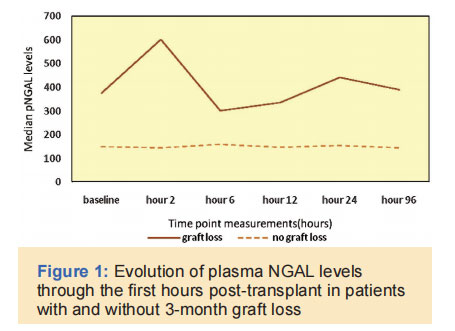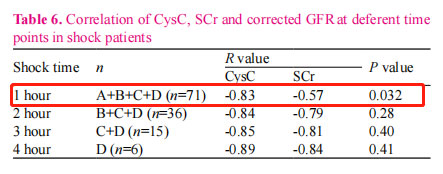Acute kidney injury (AKI) is a clinical syndrome caused by the rapid decline of kidney function caused by a variety of causes. The clinical manifestations include acid-base imbalance, water and sodium retention, nitrogen waste accumulation, and renal function decline.
The risk factors for AKI include nephrotoxic substances, trauma, inflammation, infection, ureteropelvic obstruction, severe blood volume insufficiency, etc.
AKI is an independent risk factor for poor prognosis in critically ill patients with acute onset and high mortality, which is easy to progress to chronic kidney disease and even renal failure.
The incidence of AKI is 7% in hospitalized patients and 30%-50% in intensive care unit.
20% to 50% of patients who survive AKI will develop chronic kidney disease, and 5% of patients with AKI will eventually develop end-stage kidney disease.
The mortality of critically ill patients with AKI is much higher than that of patients without AKI, and there is no effective treatment except supportive renal replacement therapy such as dialysis.
Therefore, early detection and diagnosis of AKI is particularly critical for the treatment and prognosis of the disease, which can significantly improve the survival status of patients.
At present, serum creatinine and urine volume are still the main indicators of clinical diagnosis of AKI. However, due to the strong compensatory and reserve function of the kidney itself, it can effectively buffer the impact of early renal injury, so there is no significant change in serum creatinine even 72 hours after renal injury. Moreover, urine volume is easily affected by infusion and diuretics and cannot accurately reflect renal injury.
Therefore, the sensitivity and specificity of serum creatinine and urine volume changes in the early diagnosis of AKI are poor.
AKI treatment time window is short, the etiology is complex, once missed the best opportunity for clinical diagnosis and treatment will bring irreparable cost to patients.
Facing the difficulties and pain points of the prevention and treatment of AKI lacking early diagnostic and predictive biomarkers, it is particularly important to find rapid, sensitive and efficient early diagnostic biomarkers, which is also in line with the current initiative and requirements of precision medicine. Hipro Biotechnology sells various types of renal function tests in good prices.
what is NGAL? NGAL exists in many organs of the human body, including kidney, lung, small intestine, etc. The expression of NGAL is low under normal conditions, but can be significantly increased when renal tubules are injured.
NGAL can be increased in urine at the early stage of AKI (2 h after the onset of AKI), and the early diagnostic efficiency is better than serum creatinine and urine volume.
NGAL can also monitor the severity and prognosis of AKI. In the development and development of AKI caused by cardiac surgery, sepsis and kidney transplantation, the expression of NGAL increases with the increase of disease severity. The survival and prognosis of patients after renal transplantation were observed and followed up. The NGAL of survival group was significantly lower than that of death group.

In conclusion, NGAL has a good potential in predicting the occurrence of AKI, monitoring disease progression and prognostic evaluation.
Cys-C is a low molecular weight basic non-glycosylated protein consisting of 120 amino acids with a relative molecular weight of 13 000.
Cys-C level was affected by glomerular filtration rate, but not by muscle content, sex and age.
Compared with serum creatinine, CYS-C can more accurately reflect glomerular filtration and renal tubular reabsorption function. Studies have found that the diagnostic efficiency of Cys-C in AKI is 1-2 days earlier than serum creatinine, and CYS-C increases rapidly at 6 hours after cardiac surgery, which can be used as an early predictor of AKI after cardiac surgery. Hipro Biotechnology has cysc test wholesale in good prices, welcome to contact us for further information.
Cys-C increased 1 h after the onset of shock, indicating the occurrence of renal injury, and it is more sensitive than serum creatinine in the process of assessing the occurrence and development of renal injury.

In conclusion, Cys-C is a good marker for early warning and monitoring the occurrence and development of AKI, which has been widely used in clinical practice.